Golden Spike National Historical Park celebrates 150 years
It was 150 years ago, in the year 1869, that the transcontinental railway became a reality. Two rail lines met at the site of what is now Golden Spike National Historical Park in Utah. It was the vision of President Lincoln that a railway to connect east to west would help reconnect the fractured country after the Civil war. He didn’t live to see it completed, but it was a huge accomplishment for the day.
Two Rail Lines
We hadn’t really ever thought about how the rail lines were built and we learned a lot when we visited Golden Spike. It really was the story of two separate projects … one rail line being built coming from the east to the west, and another coming from California east over the mountains.
They talk about the trials faced by both. You may think that it would be easier to build a railway across the flat plains of the midwest, but you’d be wrong.
Union Pacific Railroad
Union Pacific Railroad started in Omaha, Nebraska, and worked west. They employed 8-10,000 workers – immigrants, ex-slaves and Civil War veterans – all hard workers, but folks that did not naturally get along.
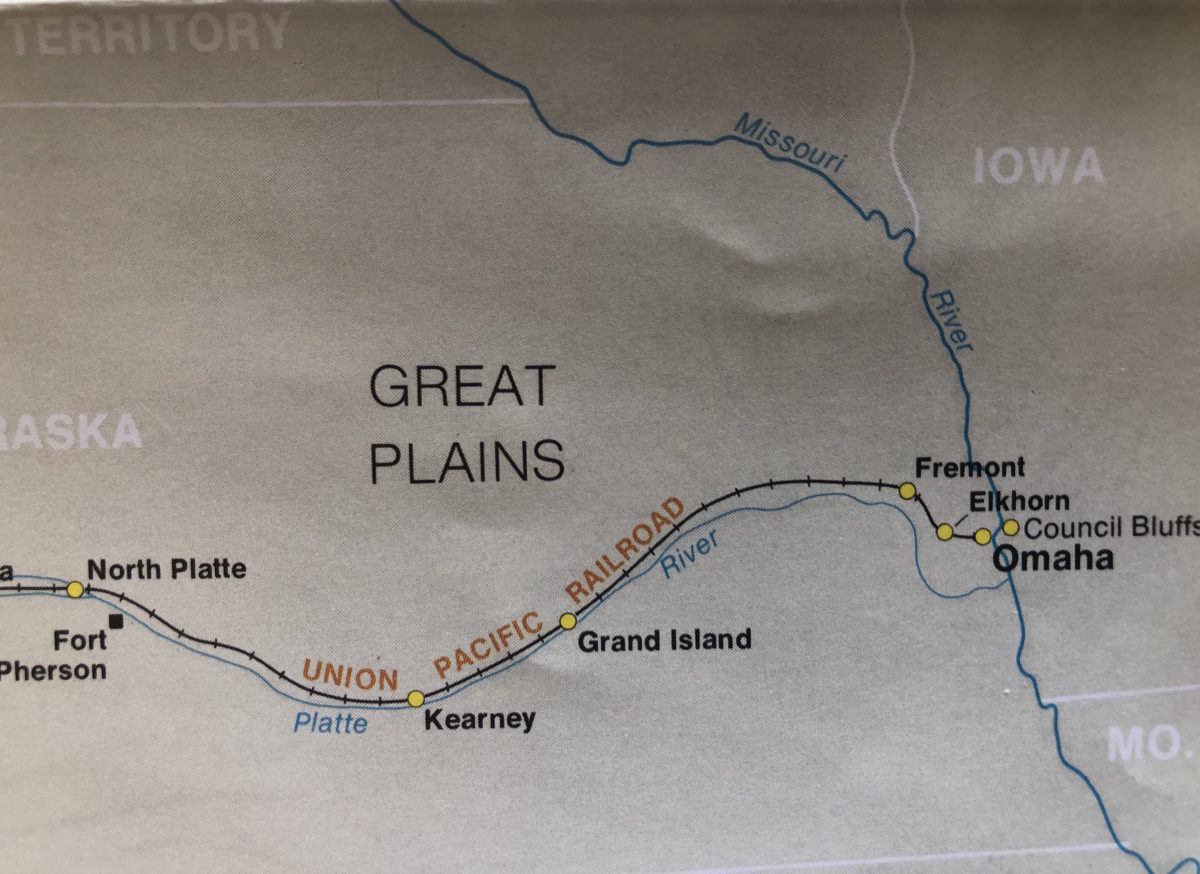
Their temporary camps were full of bars and bawdy houses, sometimes called “hell on wheels” for their mixture of drunks and bloodshed. Not only did the Union Pacific struggle to keep the peace, they also faced the threat of Indians at every turn.
Central Pacific Railroad
On the other hand, the Central Pacific Railroad began in Sacramento, California, and worked their way east up and over the mountains. Initially they had a hard time finding workers because so many of the men were lured by the gold rush, but an experiment hiring Chinese men proved to be effective.
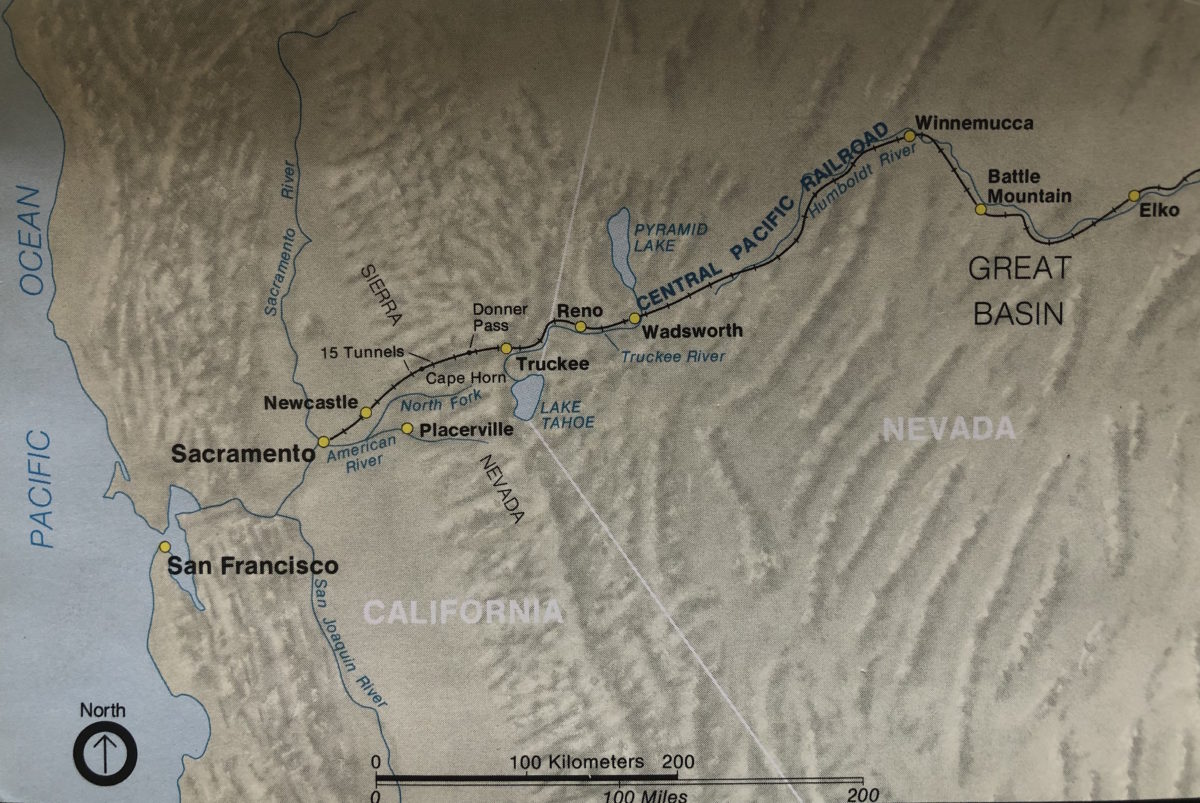
By the end, there were more than 11,000 Chinese involved in building the railway and they were able to lay a record 10 miles of track per day – beating Union Pacific’s best of 8.5 miles in a day. Not only did they prove to have great work ethic, their strong drink was tea!
Transcontinental Railroad
In total, the Union Pacific laid 1,080 miles of track and Central Pacific laid 690 miles of track. Since their workers were paid by the mile, they probably would have just kept going. In fact, they had passed each other, but Congress declared that they must meet at Promontory Summit, the site of today’s Golden Spike National Historical Park.
On May 10, 1869, two engines drove up towards one another to a point where they were separated by just one rail. The “golden spike” joined the two – creating the country’s first transcontinental railway.
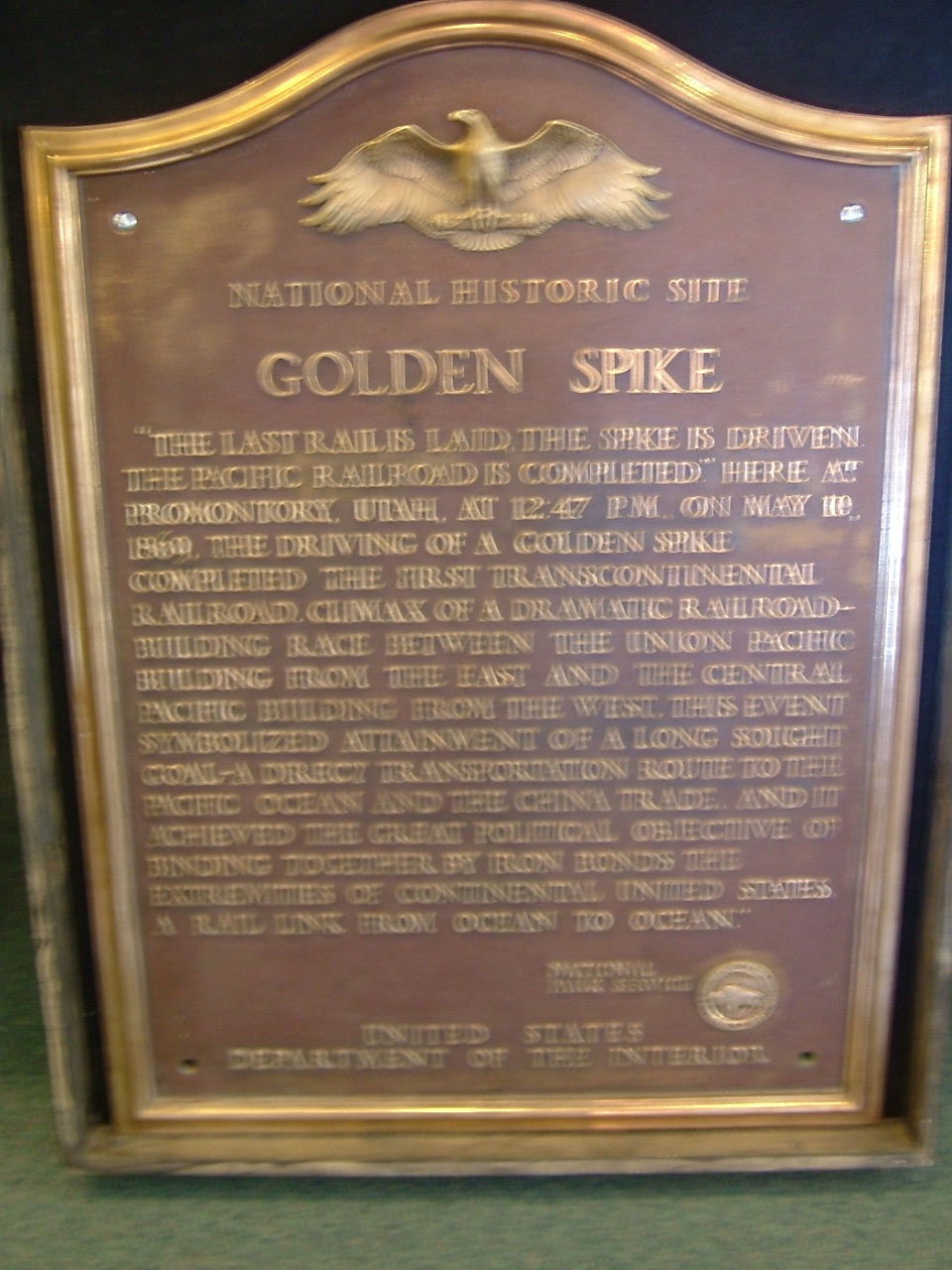
There may have still been a bit of work to do since the engines from the east was powered by coal and the engines coming from the west were powered by wood, but at least the rails met!
Things to do at Golden Spike National Historical Park
It is a bit of a drive to get there – it is 32 miles off the I15, approximately 87 miles from Salt Lake City. There are no lodgings or camping in the park, so you will need to drive in and out on the same day.
There is a really nice visitor center with exhibits and a film. You can also see a replica of both of the steam locomotives and learn about how the tracks were laid. Most of the activity is around the visitor center, but there is a four wheel drive auto tour in the summer months.
The thing we enjoyed most was seeing a demonstration of the locomotives running, full steam ahead! It is a really interesting part of our history and a great example of how the west was won!
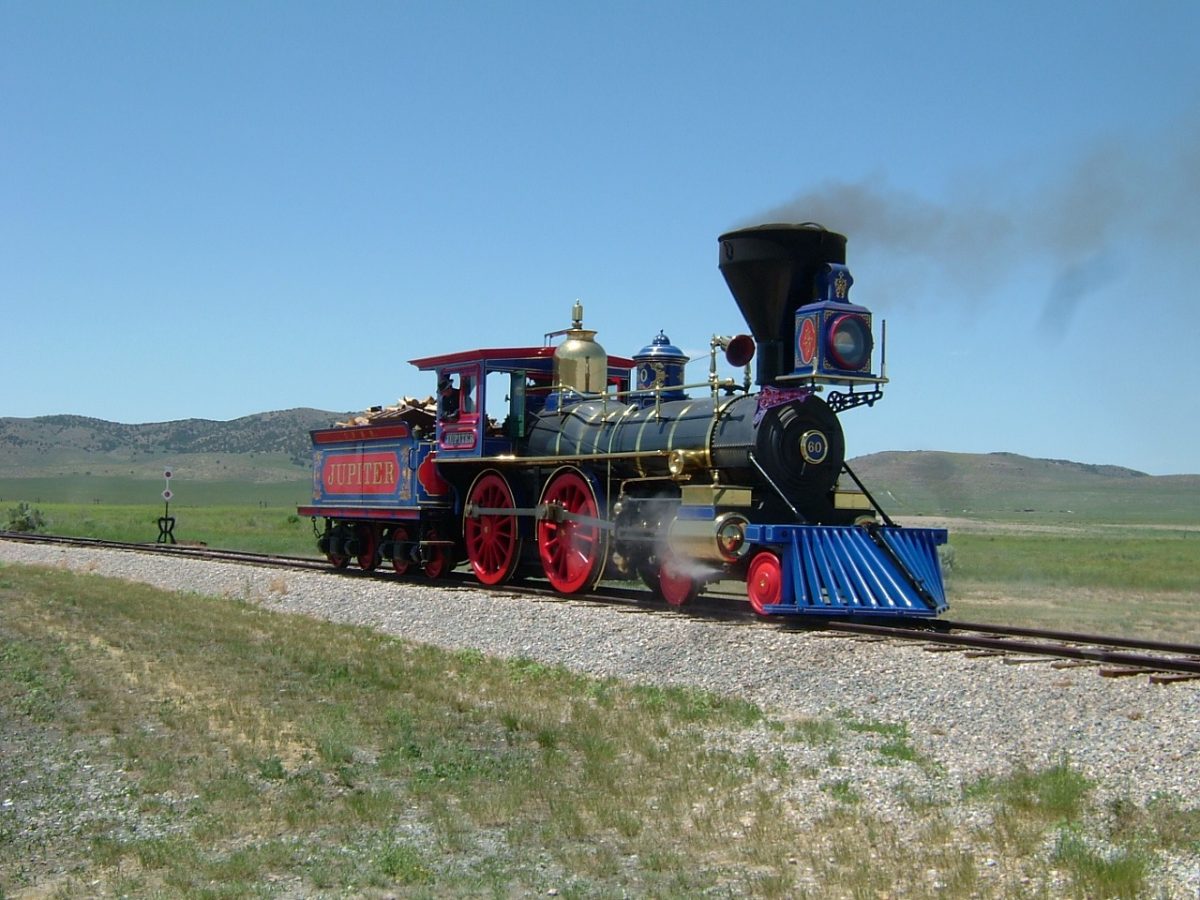
#SeeAmericaFirst
#FindYourPark
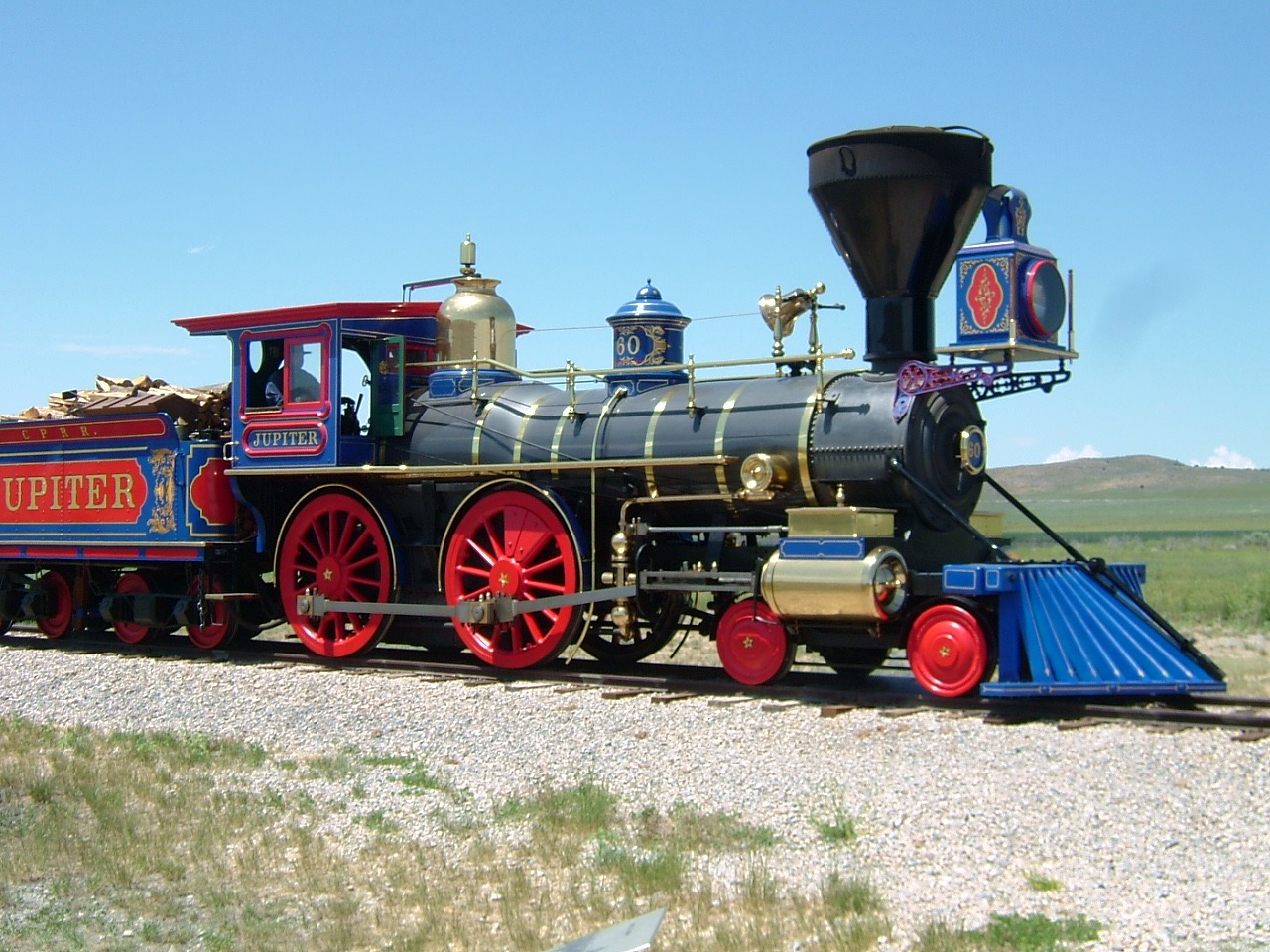
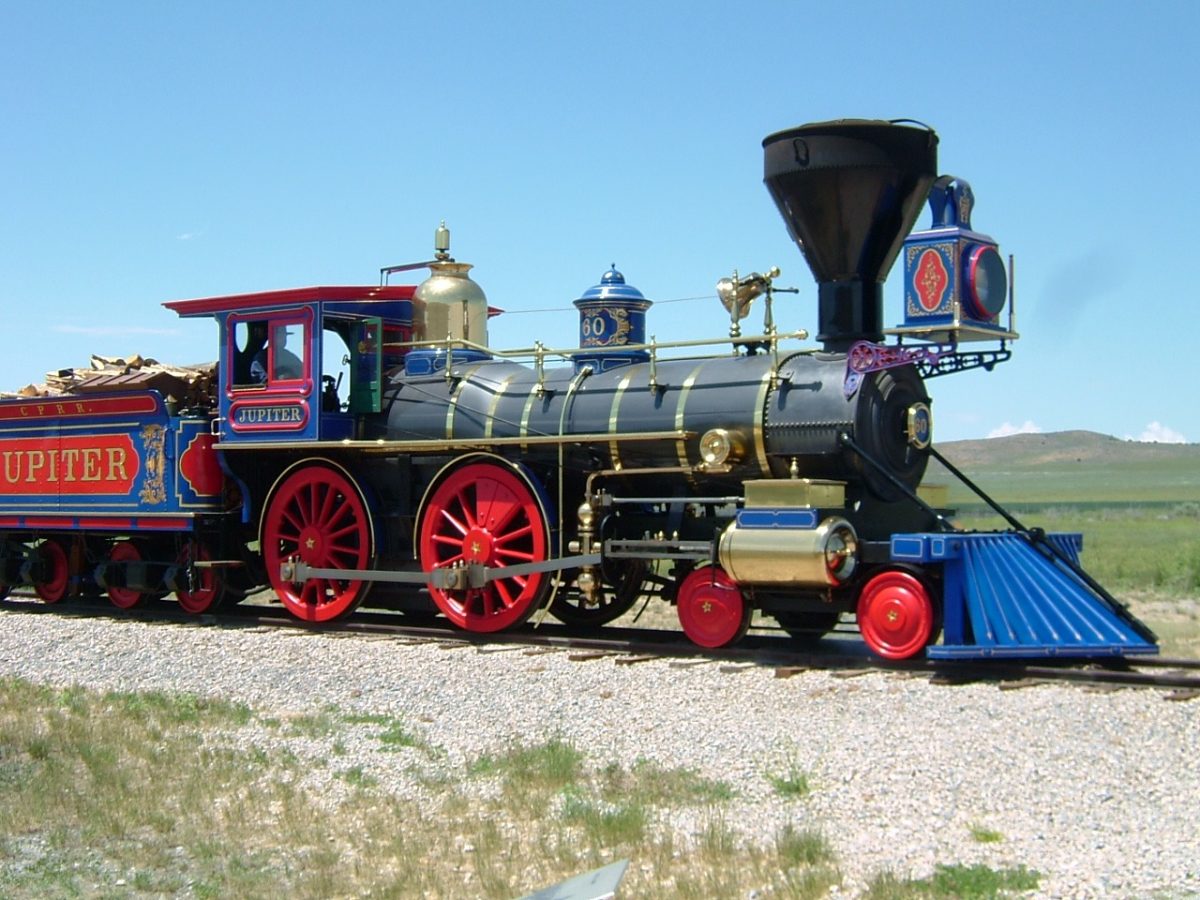
What an accomplishment and at such a tumultuous time in our history.
It was great hearing about your adventures today good luck in Alaska! -Sam.
One of my favorite books is “Nothing Like It In The World” by Stephen Ambrose – all about building the railroad that connected the country.
I went to the Golden Spike Park after reading it, and it was like seeing history come alive.